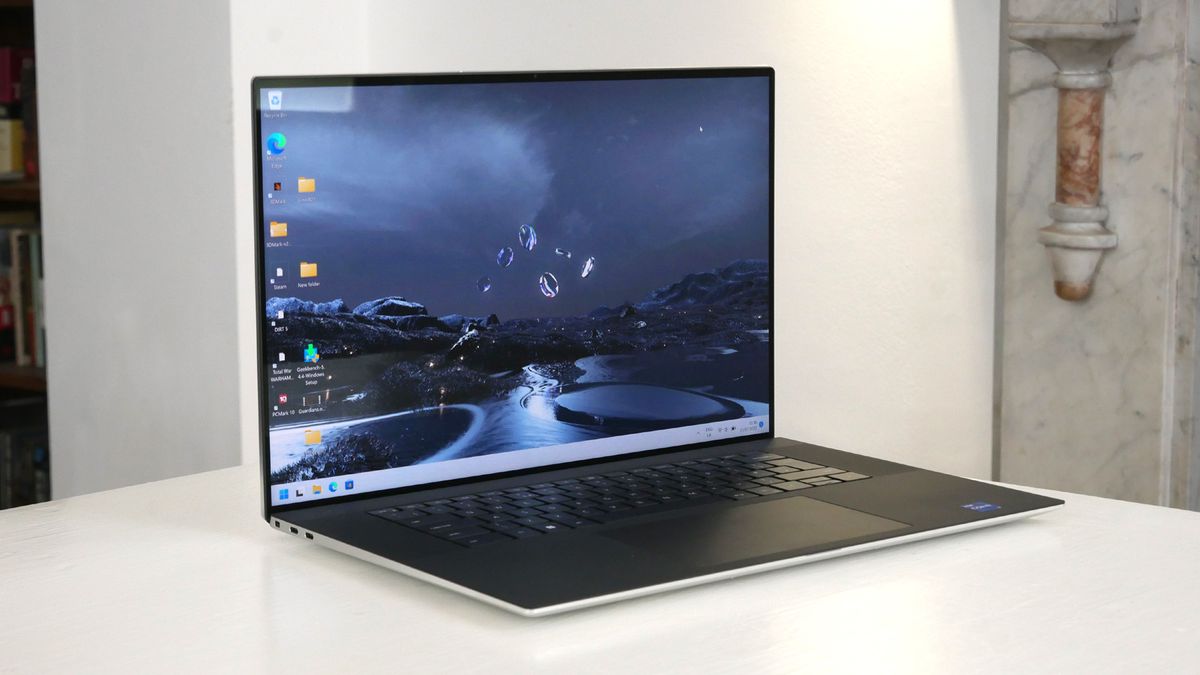SD 9.1 Standard to Double Speeds of Best microSD Cards with Next Generation Reaching 2GB/s
The SD Association (SDA) has unveiled the SD 9.1 standard, which promises to double the speeds of the best microSD cards currently available on the market. The next generation of SD cards will be capable of reaching speeds of up to 2GB/s.
With the introduction of SD 9.1, the new SD Express memory cards will utilize PCIe Gen4 technology, enabling them to deliver speeds of 1,969MB/s. This is more than double the maximum speeds found in the first microSD protocol specified in the SD 7.1 standard. By comparison, the best portable SSDs typically achieve speeds of approximately 1GB/s.
Currently, SD Express memory cards are available in four varieties, including SD Express Seed Class 150, 300, 450, and 600. These numbers correspond to the minimum read and write speeds measured in MB/s. As a result, microSD cards can range in speeds from 0.15GB/s to 0.6GB/s.
In practical terms, these increased speeds will enable users to transfer a Blu-ray movie, which typically takes up around 25GB, in just 12.5 seconds. Additionally, these speeds will also be more than sufficient for handling the transfer of 8K video files, which are considerably large in size.
The SD Express Speed Classes, which are supported by SDXC, SDUC microSDXC, and microSDUC memory cards, rely on advancements in memory technology utilized in the creation of the storage standard.
According to Hiroyuki Sakamoto, the president of SDA, “By defining minimum assured sequential performance standards for SD Express memory cards, the SDA helps both device manufacturers and consumers ensure the best recording and playback of all types of content.” He further added, “We doubled the speed of microSD Express to 2GB/s to give product manufacturers more storage options capable of handling the most demanding storage uses, making SD Express memory cards a compelling, ecologically sound choice, making it easier to repair and upgrade devices.”
SD Express utilizes NVMe specifications and offers various power management settings through maximum power levels. These power level values are determined by the host device in order to carefully manage the temperature of the card and ensure that it can maintain its speeds over long periods of file transfer.
The SDA anticipates that memory cards built on the latest SD 9.1 standard will be particularly beneficial for professionals in the creative industry who frequently need to transfer large amounts of files between devices. These cards will be optimized for transferring slow motion video, raw data, 8K video, and footage from 360-degree cameras, among other use cases.
In conclusion, the introduction of the SD 9.1 standard will bring significant advancements in microSD card speeds. With speeds up to 2GB/s, these new SD Express memory cards will cater to the needs of professionals in the creative industry and provide faster and more efficient file transfers.




